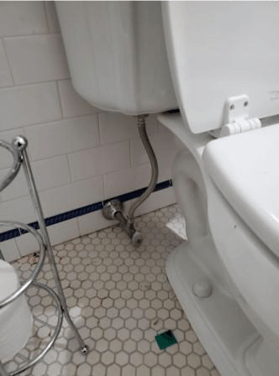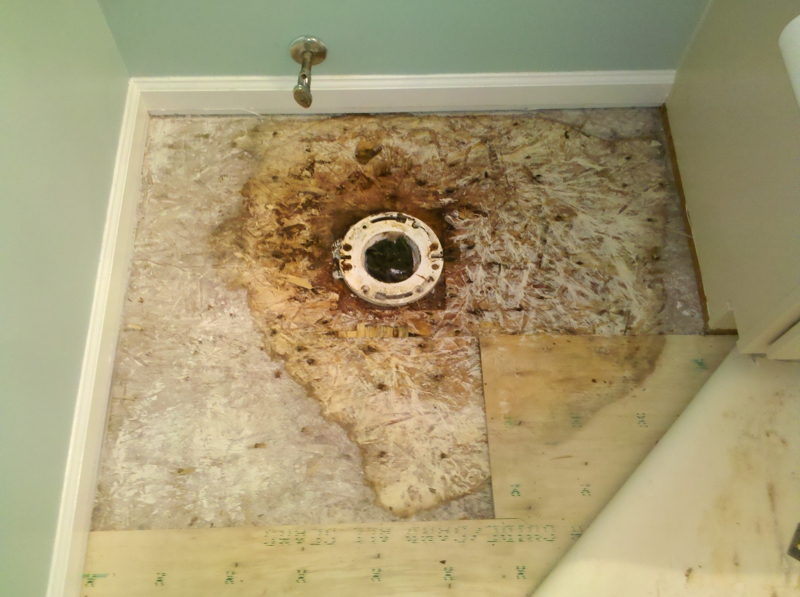Protecting Against Water Damage in the Bathroom
Visit Our WebsiteWe've come across this article involving Common Causes of Water Damage in a Bathroom below on the internet and reckoned it made good sense to relate it with you in this article.

The washroom is incredibly prone for moist build-up and also potential water damage because of the constant use of water in it. This post uses simple evaluation methods to assist identifying water damage risks.
The constant use water in the washroom makes it extremely vulnerable for moist build-up and also possible water damage. By examining it on a regular basis, you can lower water relevant damages.
The following set of evaluations is simple to do and also must be done as soon as in every 3 months in order to maintain your bathroom in good shape as well as to avoid prospective water problems brought on by the bathtub, the shower, pipe joints as well as plumbing, sinks, cupboards, as well as the bathroom
Do not forget executing these examinations and be thorough while performing them. Keep in mind that these easy evaluations can save you a lot of money by offering early indicators for water damage
Sinks and Cabinets
Sinks and cabinets are subjected to wetness and also moisture everyday as well as are usually forgotten. Evaluate consistently under the sink and also on the kitchen counter above it. Fix any kind of drip in the catch as it might recommend drain problems. Look around the sink, slow-moving draining pipelines might suggest a blocked drain. Change sink seals if they are fractured or loosened.
Tub as well as Shower
The shower and tub require unique focus and also maintenance. Check the tiles and also change if split. Ensure that there is no missing cement in between the ceramic tiles. Examine and change split caulking at joints where the walls meet the flooring or the tub. Blocked drains and also pipelines problems will certainly stop the tub from drying and also might indicate significant issues below the bathtub. Seek advice from an expert instantly to stop architectural damages. Focus on discolorations or soft locations around the bath tub wall surfaces as they may show an inner leak.
Plumbing
Signs for water damage are tough to find considering that many pipelines are mounted inside the wall surfaces.
Pay special attention to floor covering as well as walls dampness as well as stains as they might suggest an unnoticeable plumbing problem. Inspect moisture degrees in adjoining spaces as well.
The Bathroom
The toilet is a prone water joint. Inspect the water lines and also search for leakages around the toilet seat, in the tube, and under the water container. If you spot any kind of signs of dampness on the floor around the bathroom, check for leakages in the toilet rim as well as tank seals.
Understand that hanging commode bowl antiperspirants increases the possibilities for obstructions.
Water Damage Signs In The Bathroom To Avoid Cleanup
Musty smell
This is one of the easiest signs to catch because musty smells are so odorous. The damp, earthy, moldy smell should be a big red flag. The smell will develop when moisture gets trapped in surfaces, and begins to facilitate mold growth. Leaking pipes under cabinets, inside walls, and behind shower fixtures will cause moisture to stay trapped and not dry, which will lead to mold growth and spread. As soon as you notice any musty smells in your bathroom, have it checked for hidden water damage and cleanup signs.
Visible mold
If the smell isn’t there to give it away, sometimes you will actually see mold growth. Finding mold in your bathroom is a serious problem, because mold is very harmful to your health. By the time mold growth is visible, it also means that water damage has already occurred and been present for some time. The only way the mold problem can be resolved is to find the source of the moisture and get it stopped. To safely and adequately remove mold, you need to have professionals handle the remediation. Do not waste any time in getting mold problems addressed, fixed, and sanitized so that you can protect you and your family from the many respiratory symptoms caused by mold exposure.
Damaged floors
Bathroom floors should be able to withstand some exposure to water while still remaining in good condition. However, when excess exposure or water leaks occur, they will begin to damage even the most water-resistant flooring. If you notice any cracking, bubbling, staining, or warping on your bathroom floors, there is probably a water leak somewhere causing the distortion. If you notice areas of the floor have become softer, or even have a spongy feeling, there is probably damage to the subfloor. Subflooring is typically made up of plywood. When plywood is exposed to water or moisture, it will absorb it. Once it has become saturated, the weight of the excess water will cause the wood to swell and soften. Check the floors in your bathroom frequently to catch any of these sings before they lead to damaged subflooring.
Changes on walls
When water leaks behind walls, it will cause changes in the drywall. Peeling plaster, blistering paint, and soggy wallpaper are all good indicators that excess water is building up behind the wall. Water leaking behind drywall will cause it to swell and be soft to the tough. If you start to notice gaps along the trim of your walls, or where tile meets the wall, it could also be a strong indicator that there is a leak behind the wall. Any changes, distortion, or damage on the walls should be evaluated as soon as you notice it to prevent further water damage and cleanup.

As a keen reader about Looking for Signs of Water Damage in the Bathroom, I imagined sharing that segment was a good thing. If you enjoyed reading our page please be sure to share it. Many thanks for going through it.
Click For More Information